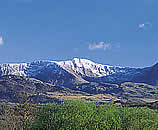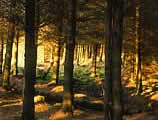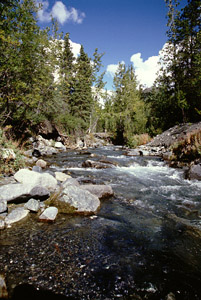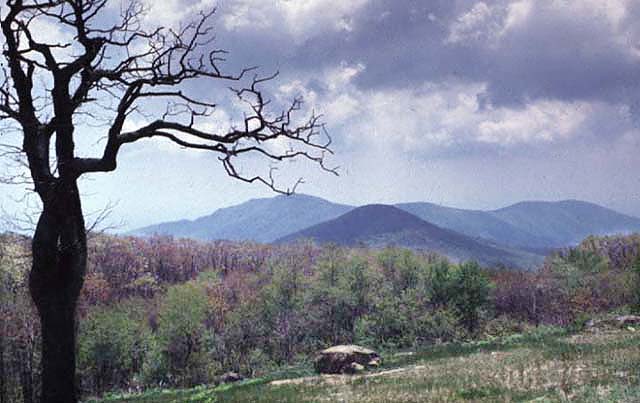The GAYLAND Park
Michael Staudenmayer (GAY)

 Brighton
Brighton is surrounded by the chalk downlands and countryside of Sussex. Much of the district is designated an Area of Outstanding Natural Beauty and is characterised by gently rolling hills, hidden valleys and dense woodland and the chalk escarpments of the South Downs - soon to become a National Park. The beautiful Cuckmere Valley and
Seven Sisters Country Park runs from Lewes to the sea and is set against the spectacular white cliff coastline.Visit a wide range of attractions such as
magnificent gardens of Merriments, Groombridge place, Leonardslee and Borde Hill. Visit fairy tale castles and
historic houses, including Bodium Castle, Uppark, Elizabethan Hertsmonceaux Castle, and the Bloomsbury Group’s country retreat, Charleston Farmhouse.Sample Fine wine at The English Wine Centre near the picturesque village of Alfriston or relive the most famous date in English history at the Ruins of Battle Abbey, situated in
1066 Country near Hastings.
(
www.heritagecities.com/brighton/countryside.aspWelcome To Seven Sisters Country Park
This site provides information on Seven Sisters Country Park, which is situated in the Sussex Downs Area of Outstanding Natural Beauty in southeast England.
It is a popular location for a number of outdoor activities including walking, cycling and canoeing.
The Country Park is named after the famous
Seven Sisters that form part of the Sussex
chalk cliffs on Britain's heritage coastline.
For information on how to get to the Country Park please go to
How to get here.
See
What to do for information about recreational opportunities and facilities in the Country Park.
If you are a teacher or a student and require information on educational opportunities at the Country Park please click on
Education.
Click here to view the
site map.
The Park is managed by the
South Downs Joint Committee.
For information about the South Downs and the proposed National Park visit the
South Downs Virtual Infor mation Centre
mation CentreSeven Sisters Country Park
Found either side of the River Cuckmere in a designated Area of Outstanding Natural Beauty and covering some 700 acres (280 hectares), Seven Sisters Country Park features open water, salt marsh, meadow, areas of bare chalk, shingle, chalk cliffs, picnic area and a number of eighteenth-century flint barns (one contains The Living World exhibition and one the information centre).
Seven Sisters CliffsThe Seven Sisters cliffs have been witness to the demise of many ships and seafarers, the local inhabitants being quickly on the scene to rescue crew and salvage any valuables. And since 1563, there have been at least 25 shipping casualties between Birling Gap and Cuckmere Haven.
The first occupiers of the area were prehistoric people; many items of evidence to their presence here have been recovered in the form of tools fashioned from the hard flint found within the chalk - these include axes, some polished or smoothed. The coast of Sussex was notorious for smuggling exploits and the remote shingle beach situated at Cuckmere Haven is where scrapers and arrowheads have been found.
The white rock was formed under the sea millions of years ago from minute marine algae and fragments of seashells. The cliffs are receding at about 30-40cm each year on average. The process is intermittent with major falls occurring after heavy rain or rough seas, often two of three times per year. Where these falls occur they protect the base of the cliffs from the sea, and usually there are no falls in the same places for eight or nine years until the sea undercuts the cliffs again.
The Visitor Centre is situated in an 18th century barn and provides useful information on the cliffs and the country park with displays and exhibitions.
The area has a long and interesting history, including some fascinating shipwrecks, which you can discover on a series of shorewalks, and you can use your bike to explore the other areas of the park if you have time.
Seven Sisters Country ParkExceatSeaford
 Brecon Beacons National Park (Welsh: Parc Cenedlaethol Bannau Brycheing) was established in 1957. It is situated in mid-Wales and covers an area of 520 square miles (1347 square kilometres). Its amazing landscape is now official recognized as one of the most important geological sceneries in Europe.
Brecon Beacons National Park (Welsh: Parc Cenedlaethol Bannau Brycheing) was established in 1957. It is situated in mid-Wales and covers an area of 520 square miles (1347 square kilometres). Its amazing landscape is now official recognized as one of the most important geological sceneries in Europe.
















































